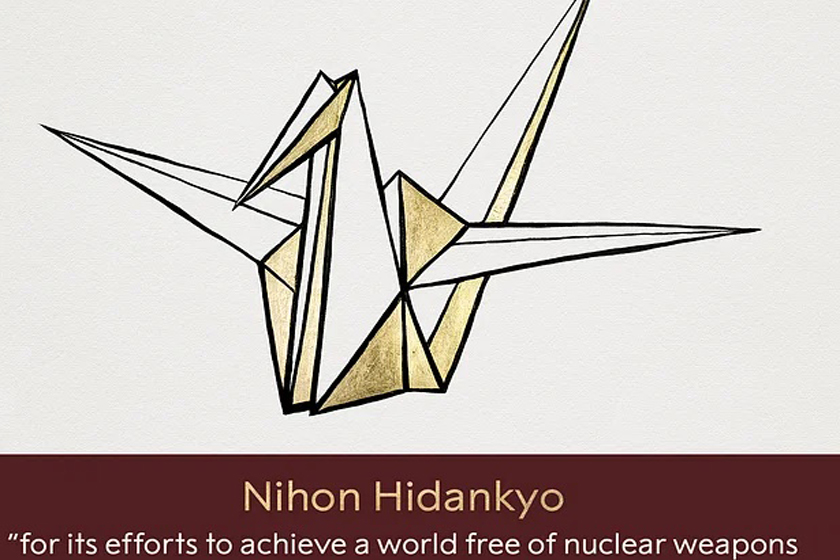
An aerial view shows the lighthouse and the geothermal energy plant near the town of Grindavik on the Reykjanes peninsula, Iceland. CNN
Even for a volcanic island accustomed to the occasional tremor, this has been an unusual week for Iceland. According to the Icelandic Meteorological Office, around 17,000 earthquakes have hit the southwestern region of Reykjanes over the past week. The largest quake, a magnitude 5.6 on the Richter scale, occurred on the morning of February 24. It was the loudest in a swarm that continues to rattle residents in the nearby capital city of Reykjavík and the municipalities around it, where two-thirds of the Icelandic population lives. Two larger earthquakes -- over magnitude 5.0 -- also hit on February 27 and March 1.
The quakes have caused little damage so far, though Iceland's Road and Coastal Administration has reported small cracks inroads in the area and rockfalls on steep slopes near the epicenter of the swarm. "I have experienced earthquakes before but never so many in a row," Reykjavik resident Auður Alfa Ólafsdóttir told CNN. "It is very unusual to feel the Earth shake 24 hours a day for a whole week. It makes you feel very small and powerless against nature."
In the fishing town of Grindavík, locals have had a front-row seat to the tremors. "I've not experienced anything like this before," says Páll Valur Björnsson, who teaches at the local College of Fisheries and sits as a Deputy Member of Parliament. "We are used to it; it started one year ago. But it is much more now -- very unsettling. I'm not afraid but this is uncomfortable. I woke up twice last night because of [tremors]. There was a very big one when I went to sleep, and I woke up with one. It is difficult but you have to learn to live with it," he said.
Iceland sits on a tectonic plate boundary that continually splits apart, pushing North America and Eurasia away from each other along the line of the Mid-Atlantic Ridge. Most seismic activity here is only picked up by sensitive scientific equipment. Occasional stronger tremors are an inevitable part of living in an active seismic region. Only this time, there seems to be no end to the rumble under the ground.
Þorvaldur Þórðarson, a professor of volcanology at the University of Iceland, said concerns over the recent activity are understandable. "Of course it worries people. For this region, this is actually fairly unusual, not because of the type of earthquakes or their intensity, but for their duration. It's been going for more than a week now." "We are battling with the 'why' at the moment. Why is this happening? It is very likely that we have an intrusion of magma into the [Earth's] crust there. It has definitely moved closer to the surface, but we are trying to figure out if it's moving even closer to it," he said. With multiple volcanoes in the area, local officials have warned that an eruption could be imminent.
Elísabet Pálmadóttir, the specialist in natural hazards at the Icelandic Meteorological Office, told CNN that authorities are deploying surveillance equipment in the area, from GPS and earthquake monitors to web cameras and gas detectors. She too can't remember having ever experienced so many earthquakes over such a long period of time. She warns that a more powerful event could be cause for concern, and estimates that the area could experience a magnitude 6 earthquake or above. "In this particular area, where we've seen activity in the past week, we could experience a magnitude 6.0 earthquake. But we could have a 6.5 to the east of the area, east of the Kleifarvatn Lake," she says. No towns appear to be at risk from lava flows in the event of a volcanic eruption, according to the latest modeling by the University of Iceland's Volcanology and Natural Hazard Group, which released maps of potential flows on Wednesday.












0 Comments